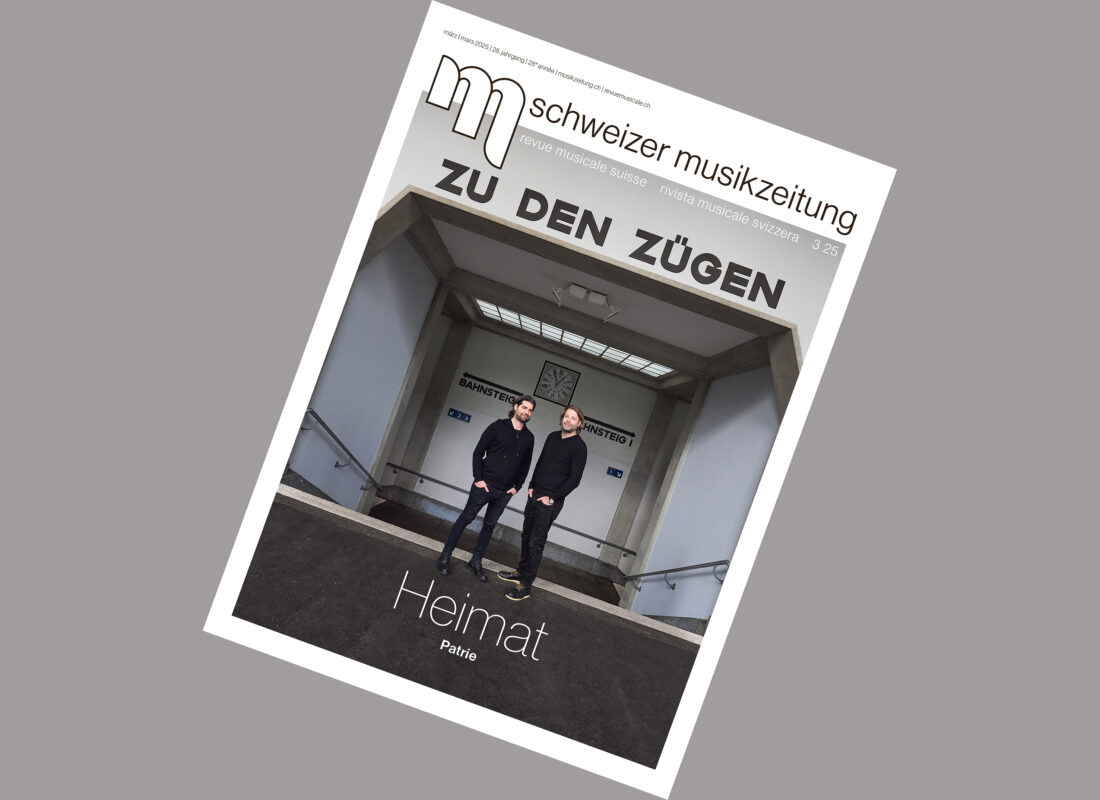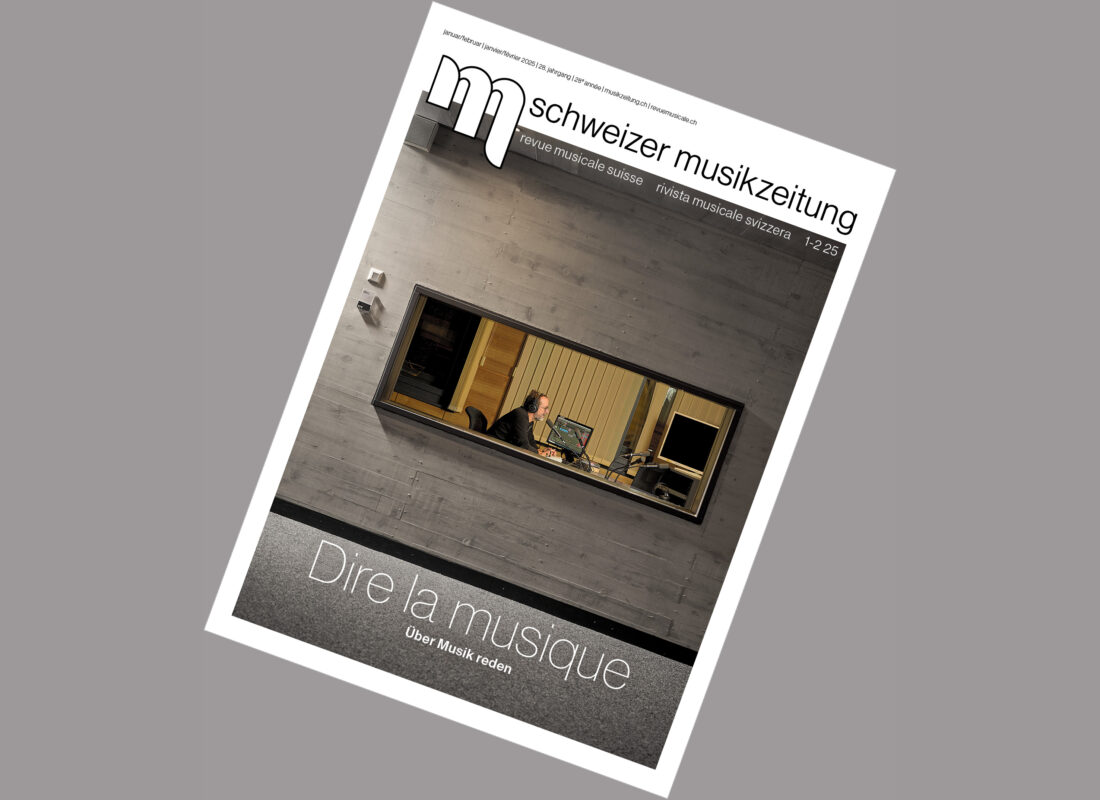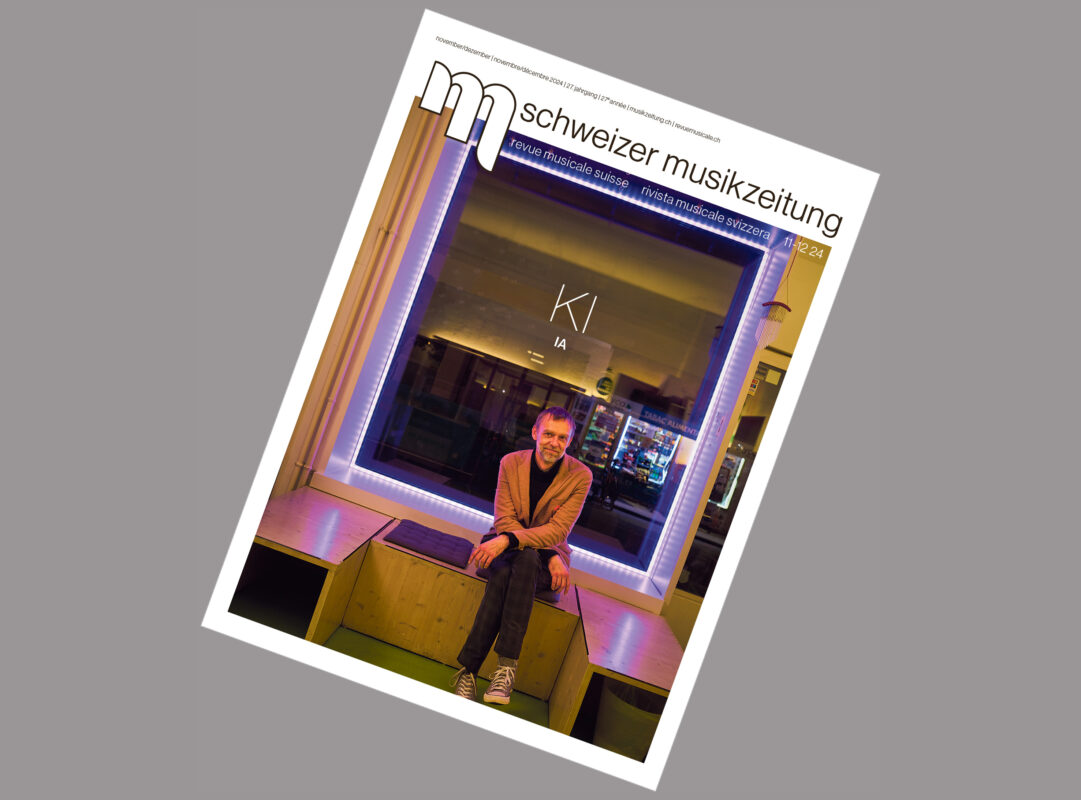What remains?
What memories do you have of classical concert or opera performances? A passionate music lover has systematically recorded his listening experiences in a database.


What memories do you have of classical concert or opera performances? A passionate music lover has systematically recorded his listening experiences in a database.
Musical performances are transient events; often only fragmentary, mostly visual phenomena are stored in the listener's mind, e.g. a particularly gestural conductor or an unusual orchestral arrangement. It is difficult to memorize acoustic events, it gets better with practice, but the impression remains fleeting. The desire to immortalize the listening experience of the performances I have experienced by means of a note, even if it is not very meaningful, has prompted me to enter the time, place and performers in the score for every performance of a piece of classical music that I have been able to experience. In addition to this raw data, you will also find detailed information in my scores, e.g. about repetitions, abbreviations (which rarely occur today), dynamic, agogic and metrical features. I have also entered the timing of the individual movements, which is ultimately the only "hard" criterion that objectively characterizes a performance. Over time, a large mountain of data has accumulated, which I wanted to make tangible and analyzable using modern computer technology. After several fruitless attempts, I succeeded in creating a database with extremely flexible query options through complex programming¹ as a file/server solution for Windows 7 and Microsoft Access 2010. About the website almamusica.org the data can be accessed.
What is stored?
First of all, the collection mechanism requires comment. It is evident that the documented performances are based on a personally determined selection, because they were always followed by only one person. Absence, workload, lack of time for family and professional reasons, and not least certain personal preferences for composers or genres of work have largely influenced the documentation process. The earliest entries date from 1953/54; to date, the number of annual performances has varied widely (e.g. 43 entries in 1977 compared to 525 in 1954). As some works are still not included in the database (especially chamber music), there are additional gaps in the documentation. An initial overview² shows the main parameters and their number:
A documented performance therefore contains at least the following parameters: Date (often cannot be determined for records/CD/radio recordings); Type of performance (live, from CD, radio broadcast); Place (country/nation); Interpreters (broken down by function and with details of any characterized roles in opera and oratorio).
Results
The first table provides information on the Type of listening experience:
The relatively low proportion of live events and CD or LP experiences is striking. In contrast, there is a massive preponderance of radio productions (both directly and at a later date).
The following tables show only the most common occurring events, as the "least frequent" indications are hardly meaningful.
What is striking is the absolute and relatively high frequency of opera performances, especially of Richard Wagner, which can be explained by attending renowned theaters (regularly in Bayreuth from 1985-2015, Vienna, Zurich). The most frequently heard operas are:³
Across the genre boundaries, the most frequently heard were
The frequency of Works of the 20th century:
One interesting chapter analyzes the geographical distribution of the performances: Based on an overall mean, this is how the deviations (more frequent/less frequent) appear, most interestingly for composers: not unexpectedly, for the Viennese Classicism (Haydn, Mozart, Beethoven) there are no significant geographical differences (with the exception of a marked increase in popularity for Haydn in England). For Bruckner we find a clear preponderance in Austria, Germany and low numbers in the USA, England and France, Brahms is represented in all countries according to the average with the exception of a significant accumulation in Switzerland. The compilation of the results for composers of the 20th century (classical modernism) shows few deviations for Schönberg, for example, apart from an astonishing accumulation in France, and a lead for Messiaen in England and a clear lead in France. The "Hindemith case" is noteworthy, with some large gaps in England and the USA, compensated for by a massive accumulation in Germany and, somewhat less pronounced, in Switzerland.
Conclusion
The results are probably reasonably representative for an "average classical music lover" with a preference for opera. Unfortunately, in the literature known to me since the discontinuation of the Concert almanacsThe Heel-Verlag (Königswinter), which provided a complete overview of classical music programs in the German-speaking world every year from 1981-2002, no longer offers a comprehensive presentation of concert and/or opera performances.(4) Thanks to the elaborate programming, our database is versatile and contains information that may give cause for thought or wonder.
Notes
¹ I would like to thank Mr. René Panzeri of CreLog GmbH, Dietikon, for the careful preparation of the project and for his unwavering support of my project.
² All figures refer to the date July 1, 2016.
In a new work, performance statistics, directorial aesthetics and audience behavior are dealt with on the basis of current opera productions worldwide, with a focus on Germany. Sven Friedrich: The phantasmagorical work of art - tendencies and perspectives in opera direction, in: Wagner spectrum 12, I 2016, PP. 161-197.
4 Under http://www.univie.ac.at/nsw/sachgruppen/780.html is an overview of all kinds of reference works on (not only) classical music. There are over 280 entries, mainly catalogs, encyclopedias, catalogs and handbooks.
Author
Rudolf P. Baumann, who grew up in a musical family, became acquainted with the world of classical music at an early age thanks to piano lessons and regular concert visits. His lessons with Armin Schibler, music teacher at the Literargymnasium Zurich, were formative. Even as a pupil, he began to document the performances he attended. As Dr. med. he headed the Institute for Pathological Anatomy in Neuchâtel from 1969 to 2001.















